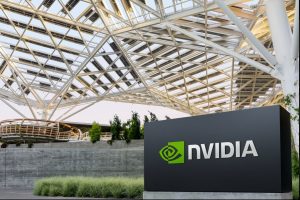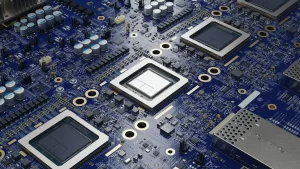MUNICH — Siemens Digital Industries Software has unveiled a groundbreaking advancement in the realm of artificial intelligence (AI) hardware acceleration with the introduction of Catapult™ AI NN software. This innovative solution is set to revolutionize the synthesis of neural network accelerators on Application-Specific Integrated Circuits (ASICs) and System-on-a-chip (SoCs), according to a press release published on EuropaWire.
Catapult AI NN is designed as a comprehensive solution that streamlines the process of converting neural network descriptions from popular AI frameworks like TensorFlow, PyTorch, or Keras into hardware-ready code. By seamlessly translating these descriptions into C++ and synthesizing them into RTL (Register Transfer Level) accelerators in Verilog or VHDL, Catapult AI NN enables efficient implementation in silicon.
The development of Catapult AI NN represents a significant collaboration between Siemens Digital Industries Software, Fermilab—a U.S. Department of Energy Laboratory—and other prominent contributors to hls4ml, an open-source package for machine learning hardware acceleration. This collaboration has resulted in a solution tailored to meet the unique demands of machine learning accelerator design, particularly focusing on power, performance, and area optimization for custom silicon.
Mo Movahed, Vice President and General Manager for High-Level Design, Verification, and Power at Siemens Digital Industries Software, emphasized the transformative impact of Catapult AI NN: “The handoff process and manual conversion of a neural network model into a hardware implementation is very inefficient, time-consuming, and error-prone. By empowering scientists and AI experts to leverage industry-standard AI frameworks and seamlessly synthesizing these models into hardware designs optimized for power, performance, and area, we’re opening a whole new realm of possibilities for AI and machine learning software engineers.”
As AI and machine learning applications continue to proliferate across various domains, there’s an increasing demand for “right-sized” AI hardware solutions that minimize power consumption, reduce costs, and maximize product differentiation. However, many machine learning experts primarily work with AI frameworks and lack familiarity with hardware description languages like Verilog or VHDL.
To bridge this gap, the hls4ml initiative generates C++ code from neural network descriptions in popular AI frameworks, enabling deployment across FPGA, ASIC, or SoC implementations. Catapult AI NN extends these capabilities specifically to ASIC and SoC design, offering a dedicated library of specialized C++ machine learning functions tailored to ASIC development. Designers can optimize power, performance, and area by exploring latency and resource trade-offs across different implementations, while also evaluating the impact of various neural network designs to identify the most suitable hardware structure.
Panagiotis Spentzouris, Fermilab Associate Lab Director for Emerging Technologies, highlighted the significance of Catapult AI NN for applications with stringent edge AI constraints: “Particle detector applications have extremely stringent edge AI constraints. Through our collaboration with Siemens, we were able to develop Catapult AI NN, a synthesis framework that leverages the expertise of our scientists and AI experts without requiring them to become ASIC designers.”
Catapult AI NN is currently available for early adopters and is set to be accessible to all users in the fourth quarter of 2024. This groundbreaking solution promises to accelerate the transformation of AI development by empowering experts to efficiently implement neural network models in silicon, thereby unlocking new levels of efficiency and innovation.
For more information about Catapult AI NN, visit here.



















